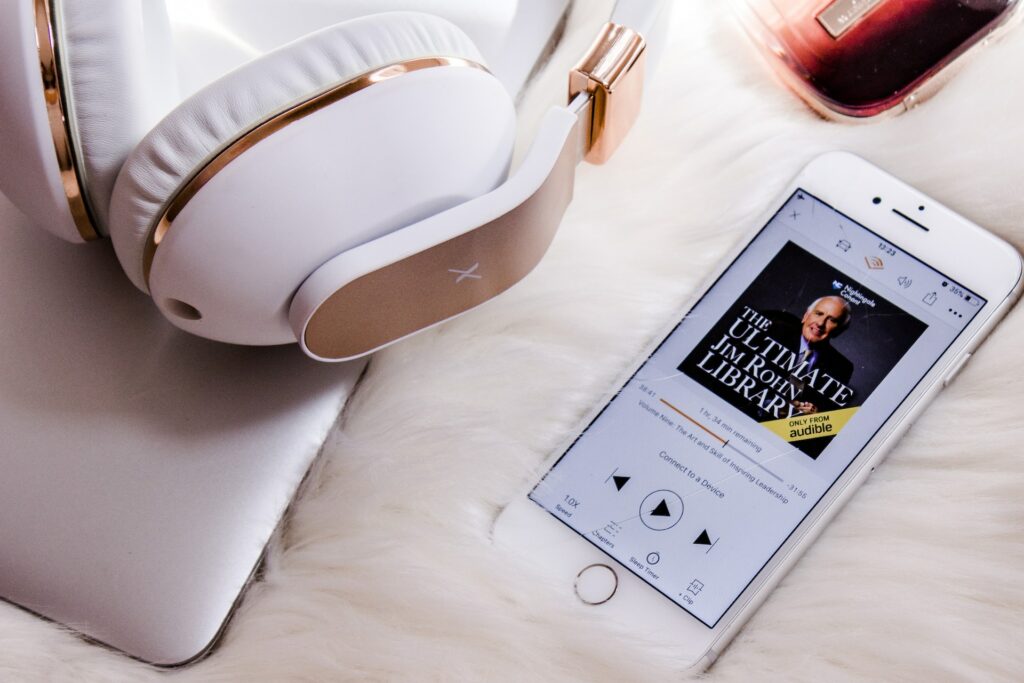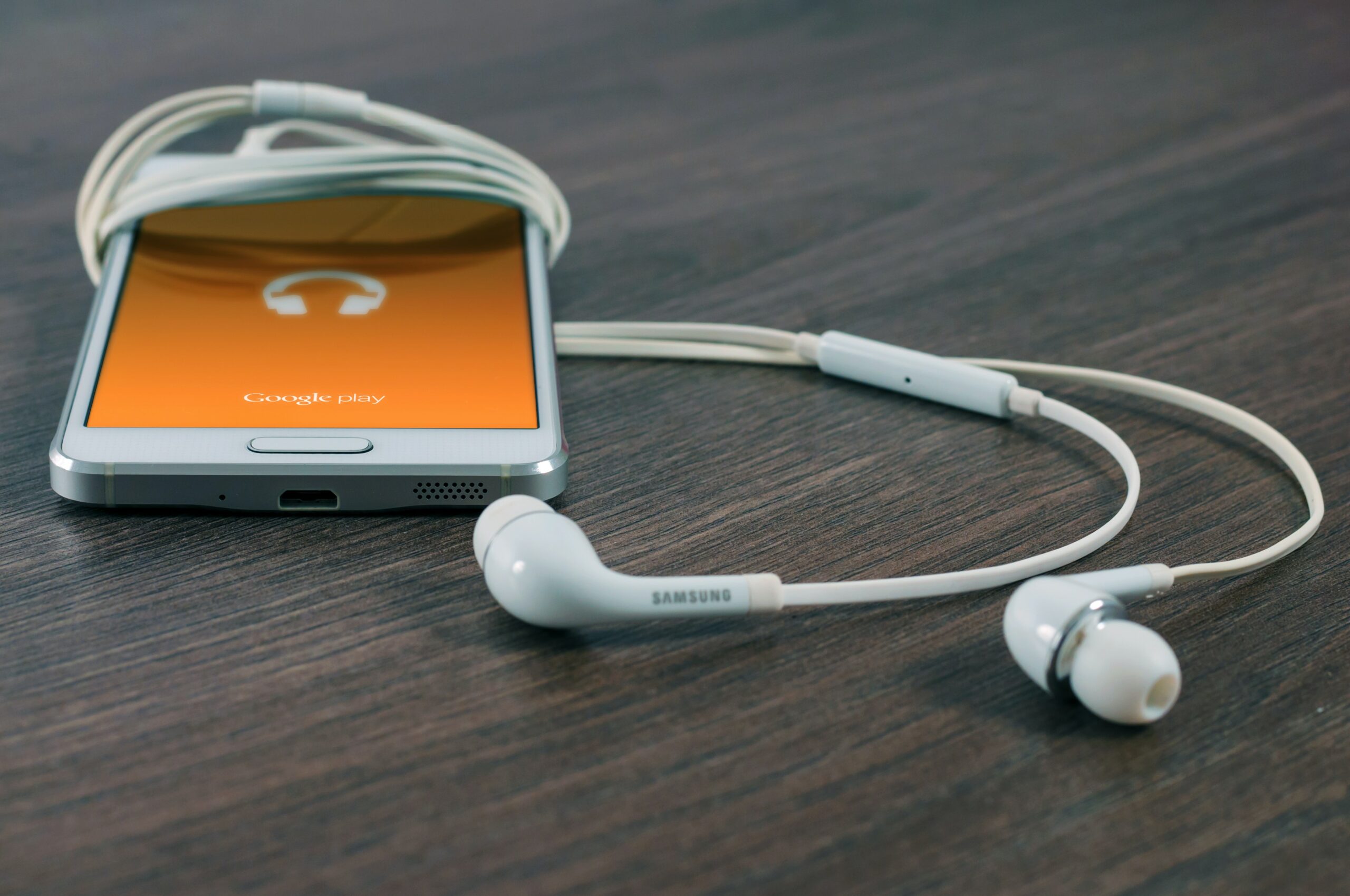Imagine a world where technology is not just for the able-bodied, but for everyone. A world where disabilities do not limit one’s access to the wonders of modern gadgets. This is the vision behind “Tech For The Differently-abled: Gadgets That Make Life Easier.” This innovative product line aims to empower individuals with disabilities by providing them with cutting-edge devices that enhance their daily lives and bridge the gap between ability and possibility. From smart wheelchairs that navigate any terrain to wearable devices that assist with communication, these gadgets are revolutionizing the way we think about inclusivity and accessibility. Say goodbye to limitations and hello to a world of limitless potential.
Communication Devices
Smartphones and Tablets
Smartphones and tablets have revolutionized communication for everyone, including individuals with disabilities. These devices offer a wide range of features and apps that cater to the needs of people with various communication challenges. For individuals with speech or language impairments, there are apps available that provide augmentative and alternative communication (AAC) systems. These apps allow users to communicate through text-to-speech or pre-set messages, ensuring that their voices are heard.
Augmentative and Alternative Communication (AAC) Devices
Augmentative and Alternative Communication (AAC) devices are specially designed communication aids for individuals who are non-verbal or have limited speech abilities. These devices come in various forms, including dedicated communication devices, tablets, or software apps. AAC devices allow users to express their thoughts, needs, and ideas effectively, enhancing their ability to communicate with others in various settings. They provide a range of communication options, from symbols and pictures to text and voice output.
Assistive Listening Devices
Assistive listening devices are designed to help individuals with hearing loss in various listening situations. These devices can be used alongside hearing aids or as standalone solutions. Assistive listening devices include personal amplifiers, which allow users to hear more clearly in noisy environments or from a distance. Additionally, there are FM systems that transmit sound directly to an individual’s hearing aids. These devices enable individuals with hearing impairments to participate fully in conversations, enjoy performances, and engage in social activities.
Mobility Aids
Wheelchairs and Power Scooters
Wheelchairs and power scooters are essential mobility aids for individuals with physical disabilities. Wheelchairs come in manual and powered versions, providing users with the ability to move around independently. Power scooters are particularly useful for individuals with limited upper body strength or endurance. These devices offer a sense of freedom and autonomy, allowing users to navigate their environment comfortably. Wheelchairs and power scooters are designed to be durable, customizable, and easy to maneuver, ensuring that individuals with mobility impairments can maintain an active and mobile lifestyle.
Prosthetic Limbs
Prosthetic limbs are artificial limbs designed to replace missing or amputated body parts. These devices are crafted to mimic the function and appearance of natural limbs, providing individuals with improved mobility and independence. Prosthetic limbs can range from basic designs for everyday activities to more advanced options for sports or specialized tasks. With advancements in technology, prosthetic limbs now offer features such as motorized joints, sensory feedback, and intuitive control systems, allowing users to perform various movements with ease and precision.
Guide Dogs
Guide dogs are highly trained canines that assist individuals with visual impairments in navigating their environment safely. These dogs are specifically trained to guide their handler through obstacles, street crossings, and other challenging situations. Guide dogs are not only skilled in providing physical guidance but also offer emotional support and companionship. These four-legged assistants help their handlers gain independence and confidence, providing an invaluable service for individuals with visual impairments.
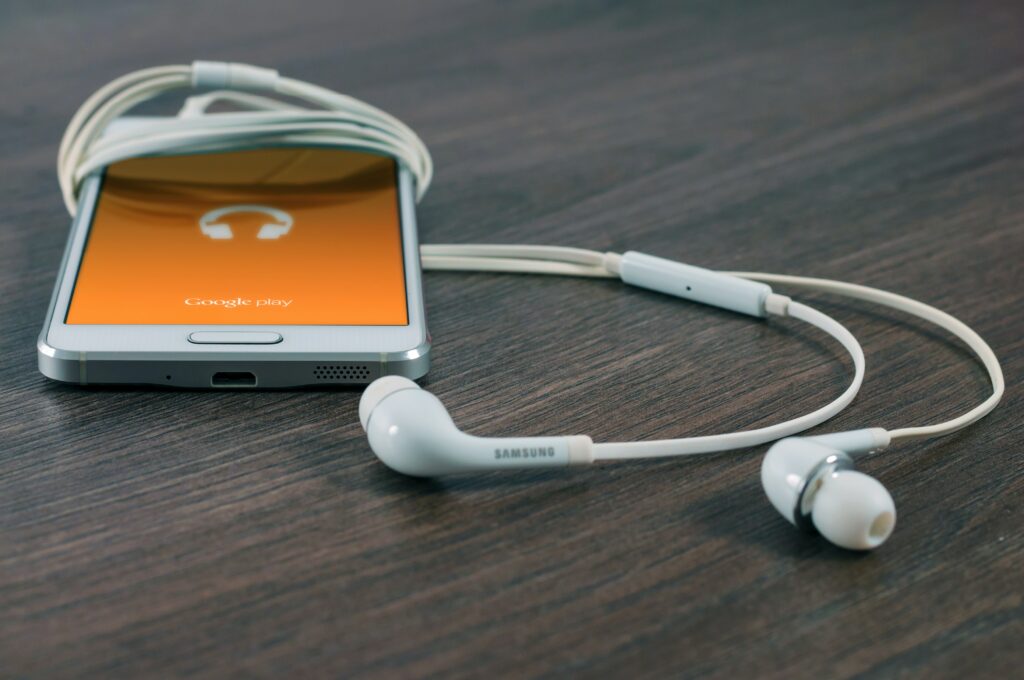
Vision Enhancers
Screen Readers and Magnifiers
Screen readers and magnifiers are assistive technology solutions for individuals with visual impairments. Screen readers use text-to-speech technology to read aloud the contents displayed on a computer screen or mobile device, enabling users to access information, browse the internet, and engage with digital content. Magnifiers, on the other hand, enlarge the text and images displayed on screens, making them easier to see for individuals with low vision. These tools empower individuals with visual impairments to access and interact with technology independently.
Braille Displays and Note Takers
Braille displays and note takers are essential tools for individuals who are blind or have severe visual impairments. Braille displays are devices that convert digital text into braille, allowing users to read and navigate through content using touch. This technology enables individuals with visual impairments to access books, documents, and websites independently. Note takers, on the other hand, are portable devices that allow users to take notes, make lists, or read braille documents on the go. These tools provide a means for individuals with visual impairments to engage in academic, professional, and personal activities.
Electronic Glasses
Electronic glasses, also known as smart glasses or assistive vision devices, are wearable devices that enhance visual perception for individuals with visual impairments. These glasses use advanced technologies such as cameras, sensors, and image processing algorithms to improve the wearer’s ability to see. Electronic glasses can assist with tasks such as reading, recognizing faces, navigating unfamiliar environments, and performing daily activities. By providing real-time visual feedback and boosting visual abilities, electronic glasses offer individuals with visual impairments a new level of independence and engagement with the world around them.
Hearing Assistive Devices
Hearing Aids
Hearing aids are small electronic devices designed to improve the hearing ability of individuals with hearing loss. These devices amplify sound and provide personalized settings to suit the specific needs of the wearer. Modern hearing aids are equipped with advanced features, such as noise reduction, directional microphones, and connectivity options to smartphones and other devices. They help individuals with hearing impairments communicate effectively, participate in conversations, and enjoy various auditory experiences.
Cochlear Implants
Cochlear implants are electronic devices that provide a sense of sound to individuals with severe to profound hearing loss. Unlike hearing aids, which amplify sound, cochlear implants bypass the damaged parts of the ear and directly stimulate the auditory nerve. This technology allows individuals with hearing loss to perceive sound and speech. Cochlear implants can significantly improve speech understanding, language development, and overall communication abilities for suitable candidates. They provide an alternative solution for individuals who do not benefit from traditional hearing aids.
Captioning Systems
Captioning systems are tools that provide real-time captions for individuals with hearing loss during various situations, such as live events, presentations, or multimedia content. These systems can be found in theaters, televisions, and online platforms. Closed captioning displays the spoken dialogue, sound effects, and other audio information as text on a screen. Open captioning, on the other hand, is permanently visible to everyone watching. Captions allow individuals with hearing impairments to access and understand audio content, ensuring equal participation and inclusion.
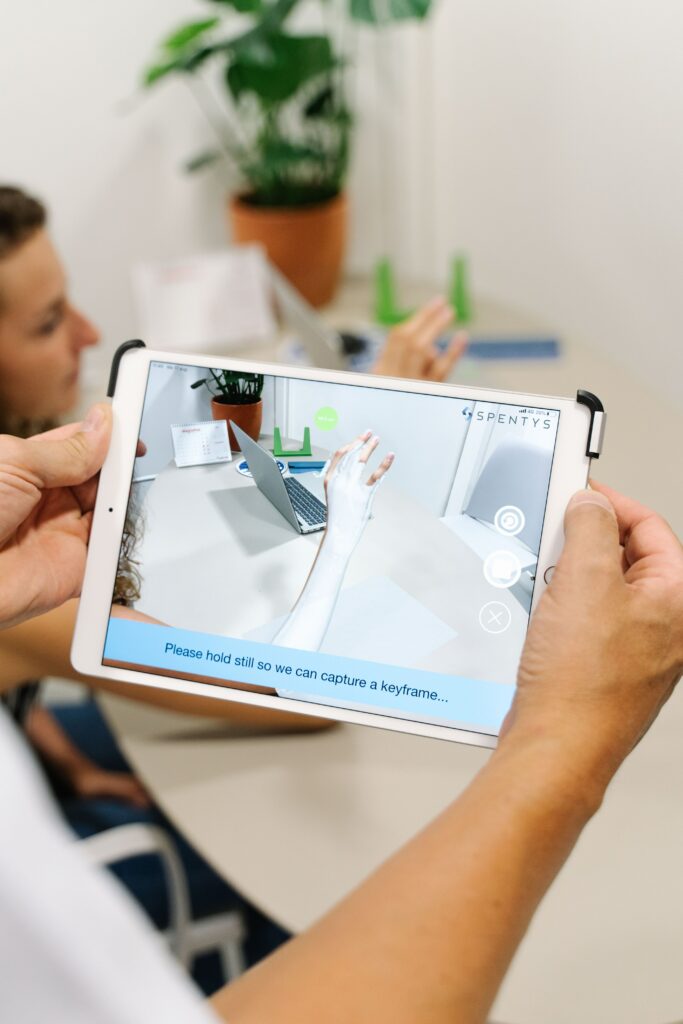
Environmental Control Systems
Smart Home Technology
Smart home technology offers individuals with physical disabilities greater control over their living environment. From voice-activated assistants to automated lighting systems and smart thermostats, these devices enable individuals to control various aspects of their home using voice commands or smartphone apps. Smart home technology can simplify daily tasks, enhance energy efficiency, and improve overall accessibility within the home. With the ability to adjust lighting, temperature, and security systems easily, individuals can create a comfortable and independent living environment.
Voice-Activated Assistants
Voice-activated assistants, also known as virtual personal assistants or smart speakers, are devices that can perform a wide range of tasks based on voice commands. These assistants, such as Amazon’s Alexa or Google Assistant, can answer questions, play music, set reminders, control smart home devices, and much more. For individuals with mobility impairments or limited dexterity, voice-activated assistants provide a hands-free and convenient way to interact with technology and access information. They enhance accessibility and independence in daily life.
Environmental Adaptations
Environmental adaptations refer to modifications made to living or working spaces to increase accessibility and independence for individuals with disabilities. These adaptations can include ramps, grab bars, accessible doorways, and modified furniture. By creating a barrier-free environment, individuals with disabilities can navigate their surroundings with ease and without assistance. Environmental adaptations can be customized to meet individual needs and provide a safe and inclusive environment for individuals with disabilities to live, work, and socialize.
Assistive Technology Apps
Learning and Communication Apps
Learning and communication apps offer a range of tools and resources to support individuals with learning disabilities or communication challenges. These apps can assist with tasks such as reading, writing, organization, and memory enhancement. Learning apps provide interactive exercises and games that cater to various learning styles, making education more accessible and engaging. Communication apps offer alternative means of expression and facilitate effective communication for individuals with speech or language impairments. These apps empower users to learn, communicate, and succeed in various aspects of life.
Task and Organization Apps
Task and organization apps help individuals with cognitive impairments, memory difficulties, or executive function challenges manage their daily activities and stay organized. These apps provide features such as reminders, to-do lists, calendars, and note-taking tools. They assist individuals with remembering appointments, completing tasks, and managing time effectively. Task and organization apps are especially valuable for individuals with conditions such as ADHD, autism, or brain injuries, helping them stay on track and maintain independence in their daily routines.
Accessibility Apps
Accessibility apps are designed to enhance accessibility and inclusivity for individuals with disabilities in various aspects of life. These apps cover a wide range of areas, including navigation, reading, visual aids, and sensory modulation. For individuals with mobility impairments, there are apps that offer accessible maps, route planning, and transportation information. Visual aids apps can assist individuals with visual impairments by providing magnification, color contrast adjustments, or object recognition. Accessibility apps aim to break down barriers and ensure equal access to information, services, and opportunities.
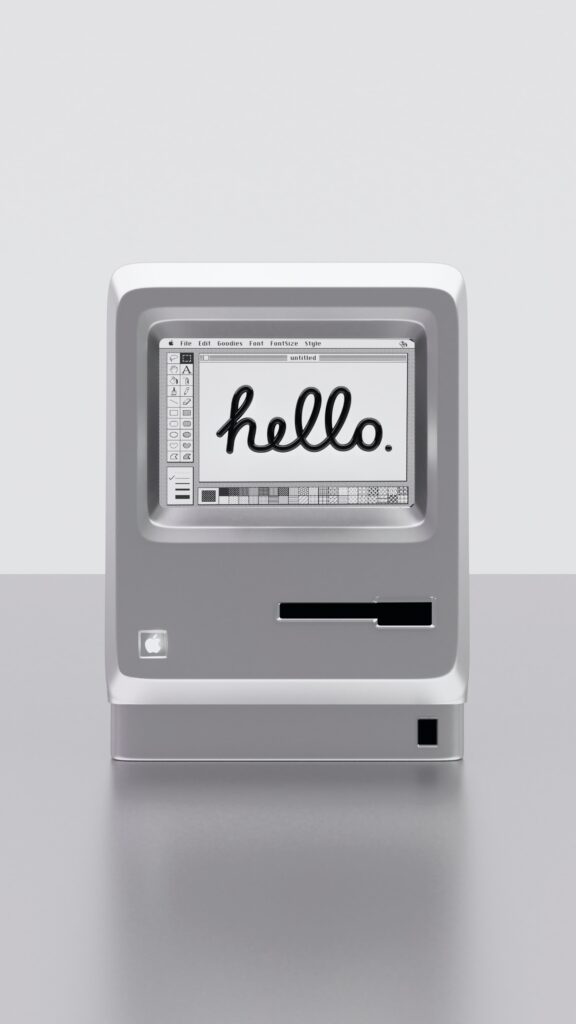
Wearable Assistive Devices
Exoskeletons and Robotic Limbs
Exoskeletons and robotic limbs are wearable assistive devices that provide enhanced mobility and physical capabilities for individuals with mobility impairments. Exoskeletons are external support structures that can assist with standing, walking, and performing various movements. Robotic limbs, or robotic prosthetics, are advanced artificial limbs that offer increased functionality and control over conventional prosthetics. These wearable devices enable individuals with physical disabilities to engage in activities such as walking, running, or even manipulating objects with precision. They contribute to improved quality of life and independence.
Wearable Sensors
Wearable sensors are devices that monitor and collect data related to various aspects of an individual’s health and well-being. These sensors can be worn on the body, clothing, or accessories. For individuals with certain medical conditions or disabilities, wearable sensors can provide valuable insights into vital signs, physical activity, sleep patterns, and overall health status. This information can be used for self-monitoring, disease management, or to alert caregivers in case of emergencies. Wearable sensors empower individuals to take a proactive approach to their health and make informed decisions.
Smart Clothing
Smart clothing combines fashion with technology to provide functional benefits for individuals with disabilities. These garments incorporate sensors, actuators, and other electronic components to enhance comfort, safety, and functionality. Smart clothing can include features such as temperature regulation, posture correction, fall detection, or even sensory stimulation for individuals with sensory processing disorders. By integrating technology into clothing, individuals with disabilities can enjoy increased comfort, improved mobility, and enhanced well-being.
Home Automation Devices
Smart Lighting Systems
Smart lighting systems offer individuals with disabilities greater control over the lighting in their home. These systems can be programmed to adjust brightness, color, and timing according to individual preferences or specific needs. For individuals with visual impairments, smart lighting can provide enhanced visibility and reduce the risk of accidents by automatically adjusting brightness levels based on natural light or time of day. Smart lighting systems also offer features such as voice control and remote access, allowing individuals to easily customize their lighting environment to suit their needs.
Door and Window Automation
Door and window automation systems provide individuals with disabilities improved access and control over entryways and windows in their home. These systems can include features such as automatic door openers, remote-controlled locks, or sensor-activated windows. For individuals with mobility impairments, these automation systems eliminate the need for physical exertion or dexterity to open or close doors and windows. They enhance independence and convenience, allowing individuals to navigate their living spaces more efficiently.
Security Systems
Security systems play a crucial role in ensuring the safety and well-being of individuals with disabilities. These systems can include cameras, motion sensors, alarms, and remote monitoring capabilities. For individuals with physical disabilities or sensory impairments, security systems provide peace of mind and an increased sense of security. Smart security systems also offer features such as remote access and notifications, allowing individuals to monitor their home’s security even when they are away. These systems contribute to creating a safe and accessible living environment for individuals with disabilities.
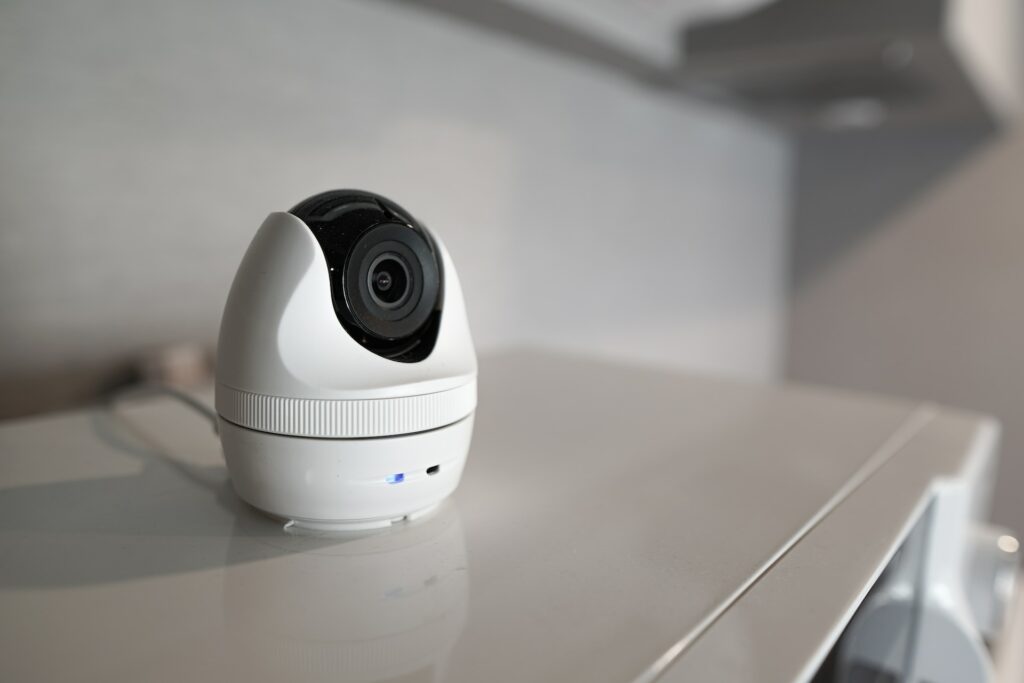
Personal Emergency Response Systems
Medical Alert Systems
Medical alert systems are designed to provide quick and easy access to emergency assistance for individuals with disabilities, chronic illnesses, or medical conditions. These systems typically consist of a wearable device, such as a pendant or wristband, and a base station connected to a monitoring center. In case of an emergency, the individual can press a button on the wearable device to summon help. The monitoring center then contacts emergency services or designated contacts to provide immediate assistance. Medical alert systems offer individuals with disabilities the assurance that help is just a button press away, enhancing safety and peace of mind.
Fall Detection Devices
Fall detection devices are wearable devices that automatically detect and respond to falls. These devices use sensors and algorithms to detect sudden movements or changes in posture that may indicate a fall. If a fall is detected, the device sends an alert to designated contacts or a monitoring center, allowing for a prompt response. Fall detection devices are particularly beneficial for individuals who may have balance issues, mobility impairments, or are at risk of falls due to medical conditions. They provide an added layer of safety and can potentially save lives by ensuring timely assistance.
GPS Trackers
GPS trackers are small devices that use GPS technology to track the location of individuals. These trackers can be worn or carried discreetly and provide real-time location information to designated contacts or a monitoring center. GPS trackers are especially beneficial for individuals with cognitive impairments, autism, or other conditions that may increase the risk of wandering or getting lost. They allow caregivers or loved ones to monitor the whereabouts of the individual and provide immediate assistance if needed. GPS trackers provide individuals with disabilities greater freedom while ensuring their safety and well-being.
Gaming and Entertainment Adaptations
Adaptive Controllers
Adaptive controllers are specialized gaming controllers designed for individuals with disabilities. These controllers offer customizable layouts, larger buttons, and additional input options to cater to different mobility needs. Adaptive controllers can be connected to gaming consoles, computers, or mobile devices, allowing individuals with disabilities to participate in video games and enjoy gaming experiences. These controllers promote inclusivity, enabling individuals with physical impairments to engage in recreational activities and social interactions through gaming.
Tactile Gaming Devices
Tactile gaming devices provide individuals with visual impairments or sensory disabilities with a means to participate in gaming experiences. These devices utilize haptic feedback, vibration, and sound to provide tactile cues and sensory stimulation during gameplay. By incorporating tactile elements into gaming, individuals with disabilities can engage in interactive experiences and enjoy a multi-sensory gaming environment. Tactile gaming devices enhance accessibility and create inclusive gaming opportunities for individuals with disabilities.
Audiobook and Descriptive Video Services
Audiobook and descriptive video services make books, movies, and other forms of entertainment accessible to individuals with visual impairments or print disabilities. Audiobooks are narrated versions of printed books, allowing individuals to listen to the storyline and enjoy literature. Descriptive video services provide audio descriptions of visual elements in movies, TV shows, or other video content, enhancing the viewing experience for individuals with visual impairments. These services ensure that individuals with disabilities can engage in recreational activities and enjoy entertainment content on an equal footing with others.
In conclusion, technology has transformed the lives of individuals with disabilities by providing a wide range of assistive devices and tools. From communication aids to mobility devices, vision enhancers to hearing assistive devices, and home automation to gaming adaptations, technology has empowered individuals with disabilities to lead more independent, inclusive, and fulfilling lives. As technology continues to advance, the possibilities for further enhancing accessibility and inclusivity will only grow. By embracing and leveraging these technological innovations, we can create a society that celebrates and supports the abilities of all individuals, regardless of disability.
